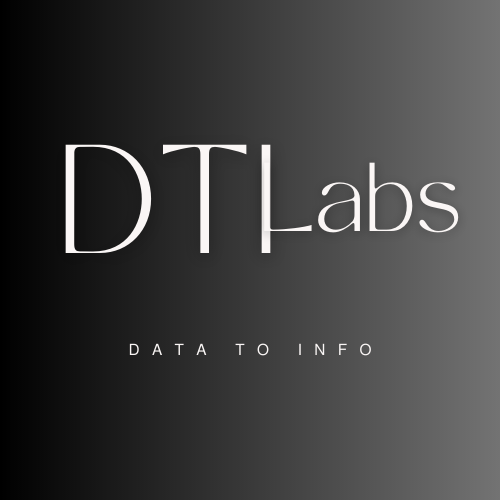A Key Performance Indicator (KPI) is a visual signal that conveys the degree of advancement achieved in reaching a quantifiable objective.
For those involved in analytics, the term KPIs (Key Performance Indicators) is likely familiar within the realms of analytics and business intelligence. KPIs are metrics adopted by businesses to gauge and monitor their performance, encompassing factors such as sales growth, profit margin, customer retention rates, and other relevant indicators. Within Power BI, KPIs play a pivotal role, allowing users to visually represent and comprehend their metrics.
What are KPIs and Why They Matter in Power BI:
KPIs, or Key Performance Indicators, are numerical indicators that offer insights into the performance of a business. They can consist of a single metric or a combination of metrics that collectively reflect the overall business performance. The significance of KPIs lies in their ability to provide businesses with a clear understanding of their current standing and the progress made toward their objectives. In Power BI, KPIs serve as crucial visualization tools, aiding users in effectively monitoring their business performance.
A notable advantage of incorporating KPIs in Power BI is the capability to create customized dashboards that offer a comprehensive snapshot of business performance. These dashboards can be tailored to showcase the most critical KPIs, simplifying the tracking of progress towards set goals. Moreover, Power BI allows users to establish alerts that notify them when a KPI falls below a predefined threshold, facilitating prompt action to address any issues.
Key Benefits of Using KPIs in Power BI:
Leveraging KPIs in Power BI offers a range of advantages for businesses. Firstly, it facilitates informed decision-making by providing data-driven insights. Through KPIs, users can analyze trends, detect deviations, and base their decisions on factual information. Secondly, KPIs serve as a tool for tracking progress toward predefined goals, instilling a sense of accomplishment and motivating further efforts. Thirdly, KPIs simplify complex data, presenting it in an intuitive and comprehensible format. This aids users in identifying trends, outliers, and areas for improvement.
Real-time monitoring is another significant benefit of employing KPIs in Power BI. Businesses can promptly identify issues and implement corrective measures before they escalate into major problems, allowing them to stay competitive and maintain their edge. Additionally, the customization options available for KPIs in Power BI enable businesses to tailor their metrics to align with their specific needs. This ensures that organizations focus on the most relevant metrics, empowering them to make informed decisions based on the data that holds the greatest significance for their operations.
How to Create a KPI Visualization in Power BI:
Creating a KPI visualization in Power BI is a straightforward process. Start by having a dataset that includes the metrics you wish to visualize. Follow these steps:
- Open Power BI and initiate a new report.
- Access the “Visualizations” panel and choose “KPI” from the dropdown menu.
- Drag and drop the metric you intend to visualize into the “Value” field.
- Specify the target value by dragging and dropping it into the “Target Value” field. Alternatively, you can opt for a static value instead of a target value.
- Determine the “Trend Axis” and “Status” indicators by selecting the appropriate fields from the dropdown menus.
- Customize the KPI visualization by adjusting the font, color, and other visual properties in the “Format” tab.
It’s crucial to keep in mind that the effectiveness of KPI visualizations lies in their simplicity and ease of understanding. Avoid overloading the visualization with numerous metrics or unnecessary details. Instead, concentrate on highlighting the most significant metrics that contribute to making well-informed decisions.
How to Customize Your KPI Visuals for Maximum Impact:
Tailoring your KPI visuals is crucial to enhance their informativeness and effectiveness. Here are some suggestions on how to customize your KPIs:
- Opt for colors that are easy to read and comprehend.
- Select an appropriate font size and style for improved readability.
- Incorporate symbols or icons to visually represent the status of the KPI.
- Design a visually appealing layout that is both easy to navigate and understand.
- Enhance clarity by adding tooltips and data labels to provide additional context and information.
Examples of Successful Implementation of KPIs in Power BI Dashboards:
Below are instances of effective incorporation of KPIs in Power BI dashboards:
- Sales Organization: Utilizes KPIs to monitor pipeline metrics, lead conversion rates, and quota attainment.
- Manufacturing Company: Implements KPIs to gauge production efficiency, downtime, and quality metrics.
- Healthcare Provider: Deploys KPIs to oversee patient satisfaction scores, readmission rates, and clinical outcomes.
Conclusion:
KPIs are numerical values that provide insights into how well a business is performing. It can be single metric or a combination of multiple metrics. It allows users to set up alerts/notify. Benefit of using KPIs in Power BI is that it allows businesses to monitor their performance in real-time.

